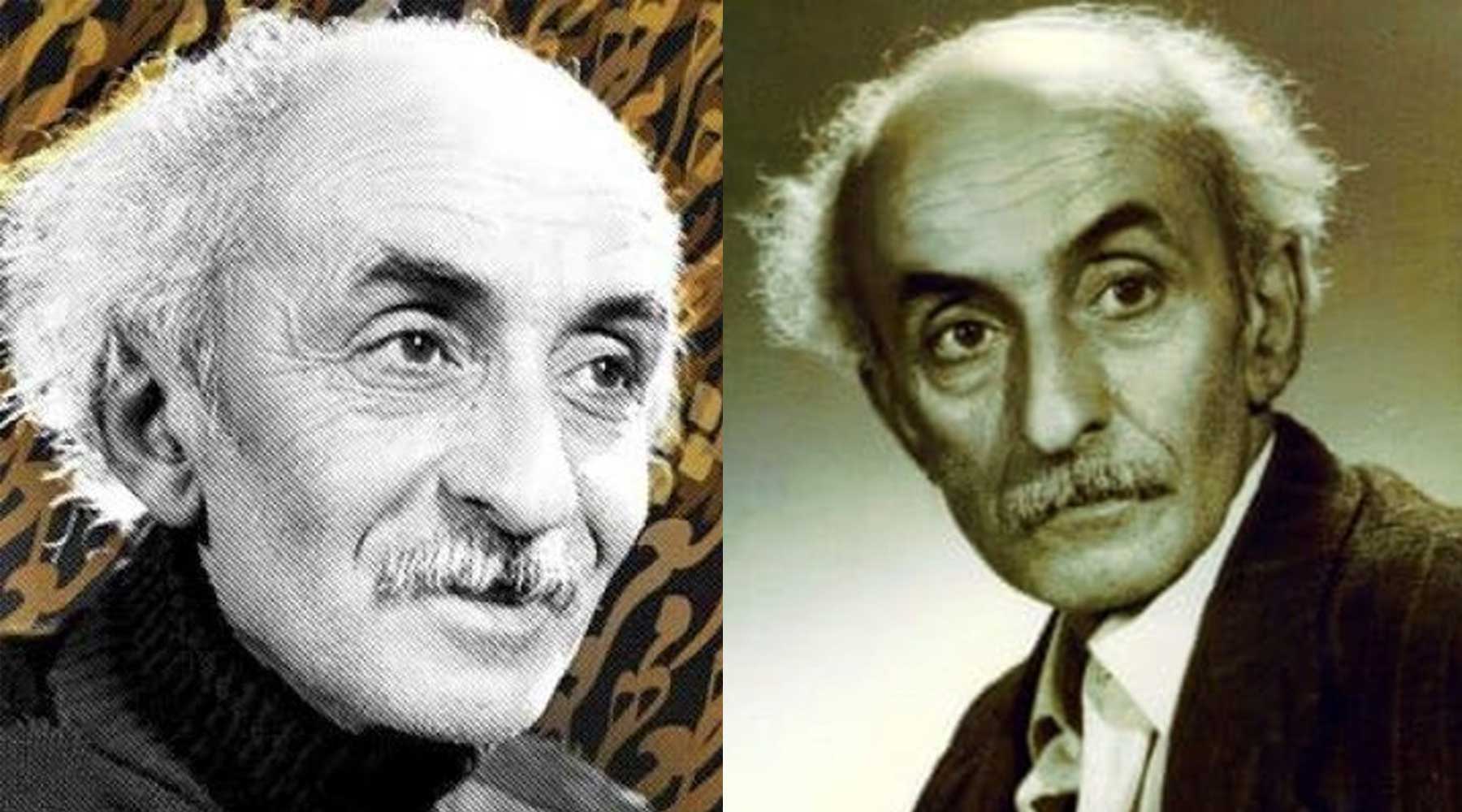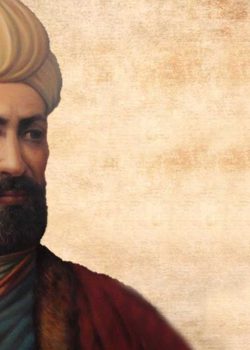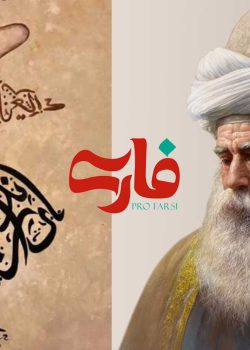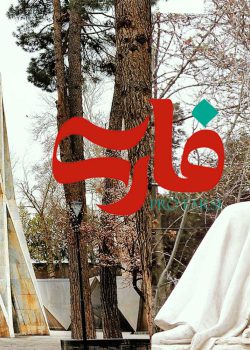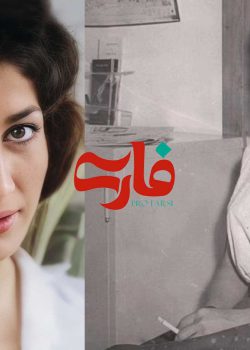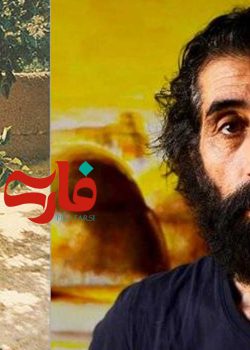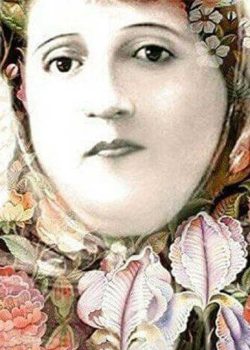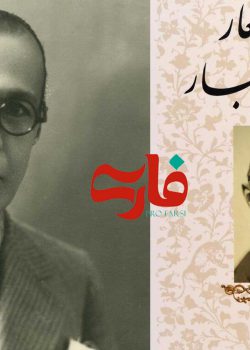3 Nima Yooshij Poems: Modern Farsi Poetry
Nima Yooshij (Nima Ali Esfandiari 1897-1960) was a renowned Persian poet and an influential figure in modern Persian literature. He is widely regarded as the father of “she’r-e no,” or new poetry, which revolutionized Persian poetry at the start of the 20th century. Nima Yooshij’s groundbreaking works and avant-garde approach brought a new perspective to Persian literature, challenging traditional norms and setting the stage for modern Iranian poetry to thrive.
In this blog post, we’ll delve into the life and works of Nima Yooshij, exploring his literary career, major contributions to Persian poetry, and lasting legacy. Additionally, we will look at the cultural and historical context in which he lived and wrote, providing insight into societal influences on his works. Join us as we embark on this journey as we uncover the life, accomplishments, and literary genius of Nima Yooshij – a towering figure in Persian literature.
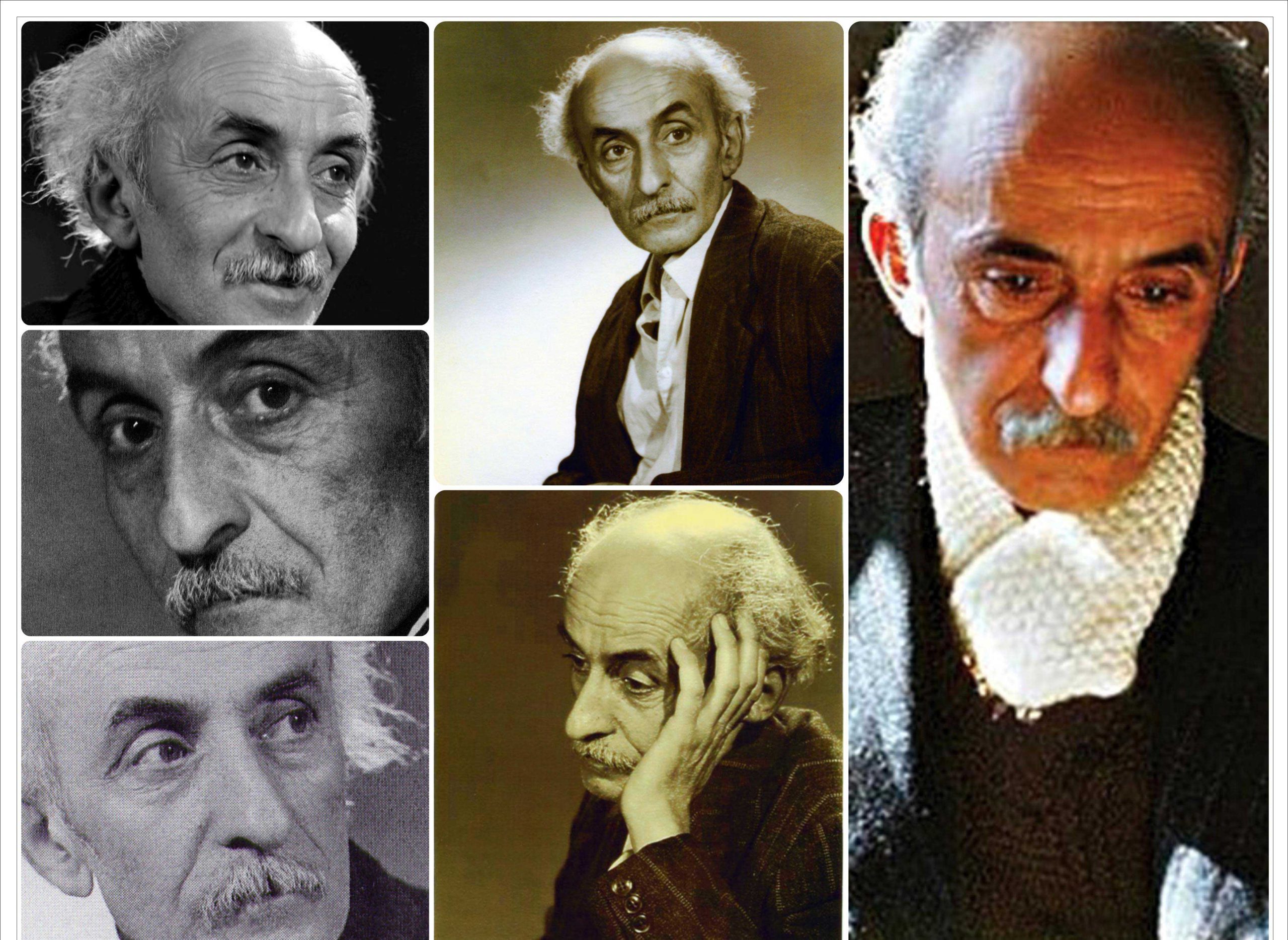
Early Life and Background
On November 12th, 1897, Nima Yooshij was born Ali Esfandiari in Yoosh, Mazandaran province of Iran. His father, Ibrahim Nuri, was a member of the ancient line of Esfandiari Nuris, and his mother, Ezzat al-Moluk, was a housewife. Growing up surrounded by nature in Mazandaran had an immense effect on Nima Yooshij’s poetic imagery.
Nima Yooshij developed an interest in literature and poetry from an early age. His father, an admirer of Hafez, introduced him to Persian classical poetry; Nima’s poetic talents were evident even at that young age as he began creating his own poems during his teens.
The poet had to overcome many hardships in his early life to pursue his passion for literature. His father’s death and the economic difficulties of his family forced him to work as a laborer and shepherd to support himself and his family. Despite these setbacks, Nima remained determined in the pursuit of his literary ambitions.
His early life was marked by social and political changes in Iran. At that time, Iran was going through an unprecedented era of modernization and cultural transformation, spurred on by ideas from the Constitutional Revolution (1905-1911). These experiences formed Nima’s critical mindset, which would later shape his works and provide him with a unique perspective on poetry and literature.
Nima Yooshij’s early life and upbringing, combined with his love of literature and exposure to social changes, profoundly affected his poetic sensibilities and later contributions to Persian literature.
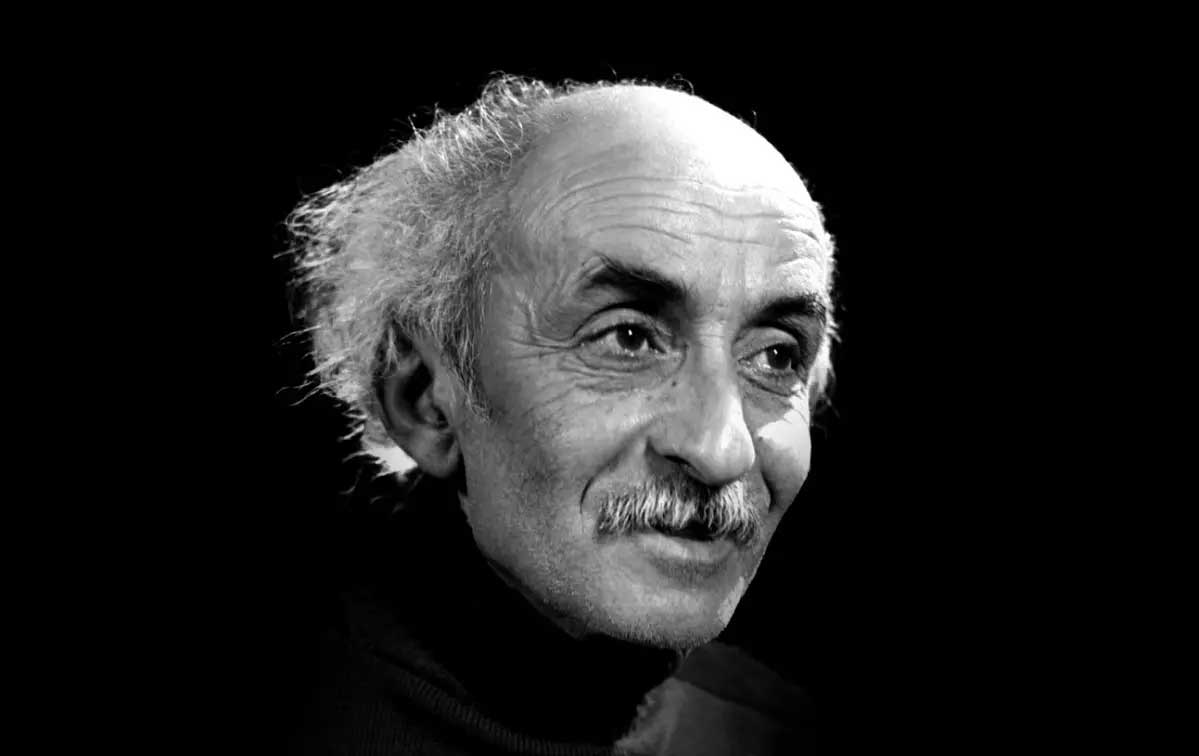
Literary Career and Achievements
Nima Yooshij’s literary career spanned three decades and was marked by groundbreaking contributions to Persian literature. He is widely regarded as the father of modern Persian poetry and is credited with ushering in a new era of poetic expression in Persian literature.
His literary journey began with his teenage attempts at poetry writing. While these early works were heavily influenced by the traditional Persian poetry of his day, he soon developed an original style that deviated from its established conventions. Nima Yooshij’s poetry was marked by its daring and innovative use of language, imagery, and themes which challenged the established poetic norms of its time.
Nima made a name for himself as an influential poet and literary figure in Iran during the 1920s. He was part of the modernist movement within Persian literature that sought to break away from traditional forms of expression and embrace new ones. Nima’s works were distinguished by their use of everyday language, colloquialisms, and explorations of contemporary social and political issues that brought modernity into Persian poetry.
Yooshij’s greatest contribution to Persian literature was perhaps the publication of his groundbreaking poetry collection “Asir” (The Captive) in 1931. Widely considered a groundbreaking work that marked an evolution in traditional Persian poetry, “Asir” challenged traditional norms and introduced a new style of poetic expression that spoke to modern society’s aspirations.
Nima’s daring and progressive approach to poetry earned him both praise and criticism from literary circles as well as traditionalists alike. Nevertheless, he continued pushing the boundaries of Persian literature, remaining dedicated to modernizing Persian verse.
Nima also published numerous essays and reviews on literature, language, and culture. His essays significantly contributed to shaping modern Persian literary criticism and its direction.
His literary career and accomplishments are remarkable not only for his groundbreaking contributions to Persian poetry but also for his unwavering commitment to innovation, creativity, and his role as a literary pioneer.

Major Works of Nima Yooshij
We saw how his poetry collections, essays, and literary criticisms have significantly advanced modernization and development within Persian language literature. Some of his major works include:
“Asir” (The Captive) — Published in 1931, Nima Yooshij’s most significant work and a landmark in Persian literature. It contains modern free verse poems that challenge the traditional poetic norms of its time with everyday language and contemporary themes.
“Labe She’r” (The Poet’s Lips) – Published in 1935, Nima Yooshij’s second major poetry collection, “Labe She’r,” continues his exploration of modern and free verse forms as well as his evolving style and themes.
“Divan-e Nima” (The Divan of Nima) – Published posthumously in 1967, this comprehensive collection of Nima’s poetry provides a detailed account of his poetic career. It includes both published works as well as unpublished pieces, offering readers an expansive glimpse into his early works to his later experimental pieces.
Essays and Literary Criticisms
Nima wrote extensively on literature, language, and culture in addition to his poetry collections. His essays and criticisms were published in numerous literary magazines and newspapers and provided valuable insights into his views on poetry, aesthetics, and the role of literature in society.
His major works are considered landmarks in Persian literature, having permanently altered the landscape of Persian poetry and prose.
3 Nima Yooshij Poems: Nima’s New Poetry Examples
زردها بی خود قرمز نشده اند
قرمزی رنگ نینداخته است
بی خودی بر دیوار
صبح پیدا شده از آن طرف کوه ازاکو اما
وازنا پیدا نیست
گرته ی روشنی مرده ی برفی همه کارش آشوب
بر سر شیشه ی هر پنجره بگرفته قرار
وازنا پیدا نیست
من دلم سخت گرفته است از این
میهمانخانه ی مهمان کش روزش تاریک
که به جان هم نشناخته انداخته است
چند تن خواب آلود
چند تن ناهموار
چند تن ناهشیار
Red didn’t just suddenly turn from yellow
The wall didn’t turn red
for no reason
Sunrise is visible from Azako Mountain
But Vazna Mountain is hidden from view
The sparkling sparkles of dead snow are visible
within the windows
Vazna’s presence is masked
In my heart, there is sadness
because the visitors at this guesthouse are murdered
The days are gloomy
Together, the guests fight aimlessly
Some people need to sleep
Some are unusual
Some people are unaware
مي تراود مهتاب
مي درخشد شب تاب
نيست يك دم شكند خواب به چشم كس و ليك
غم اين خفته ي چند
خواب در چشم ترم مي شكند
نگران با من استاده سحر
صبح مي خواهد از من
كز مبارك دم او آورم اين قوم به جان باخته را
بلكه خبر
در جگر ليكن خاري
از ره اين سفرم مي شكند
نازك آراي تن ساق گلي
كه به جانش كشتم
و به جان دادمش آب
اي دريغا به برم مي شكند
دست ها مي سايم
تا دري بگشايم
بر عبث مي پايم
كه به در كس آيد
در و ديوار به هم ريخته شان
بر سرم مي شكند
مي تراود مهتاب
مي درخشد شب تاب
مانده پاي آبله از راه دراز
بر دم دهكده مردي تنها
كوله بارش بر دوش
دست او بر در،مي گويد با خود
غم اين خفته ي چند
خواب در چشم ترم مي شكند
The moon shines
sky with a full moon
Nobody’s sleep has been disturbed, although
Worry about (these political) developments
Has held me up while crying
Dawn had stayed up late with me to worry
Morning asks me to announce
Its arrival to folks
however, a thorn
prevents me from doing that
a beautiful rose flower
which I manually cultivated
I gave it some soul-water
my heart with its thorn
I ramble about
to locate a door
It’s pointless
I erroneously believe that someone will arrive
Their demolished houses drop on my head
The moon shines
sky with a full moon
I have blisters from traveling a long distance
a solitary man
Standing by the village door with a bag on his shoulders and muttering
Worry about (these political) developments
has held me up while wiping away tears
در شبِ سردِ زمستانی
کورۀ خورشید هم، چون کورۀ گرمِ چراغِ من نمی سوزد و به مانندِ چراغِ من
نَه می افروزد چراغی هیچ
نَه فروبسته به یخْ ماهی که از بالا می افروزد
من چراغم را در آمدْ رفتن همسایه ام افروختم در یک شبِ تاریک
و شبِ سردِ زمستان بود
باد می پیچید با کاج،
در میانِ کومه ها خاموش
گم شد او از منْ جدا زین جادّۀ باریک
و هنوزم قِصِّه بَرْ یاد است
وین سخن آویزۀ لب
₍₍که می افروزد؟ که می سوزد؟
چه کسی این قصه را در دل می اندوزد؟₎₎
در شبِ سردِ زمستانی
کورۀ خورشید هم، چون کورۀ گرمِ چراغِ من نمی سوزد
On a cold winter night
Light of the sun
It doesn’t burn as hot as my lamp
There’s no lamp brighter than mine
It won’t freeze under the cold moon
Lit a lamp for a neighbor
In the dark night
It was a cold winter night
The wind passed through the pine forest
Under the quiet houses
She lost me in this narrow path
But I remember the story
My lips repeat:
Who shines? Who burns?
Who holds this story to heart?
On a cold winter night
Light of the sun
It doesn’t burn as hot as my lamp
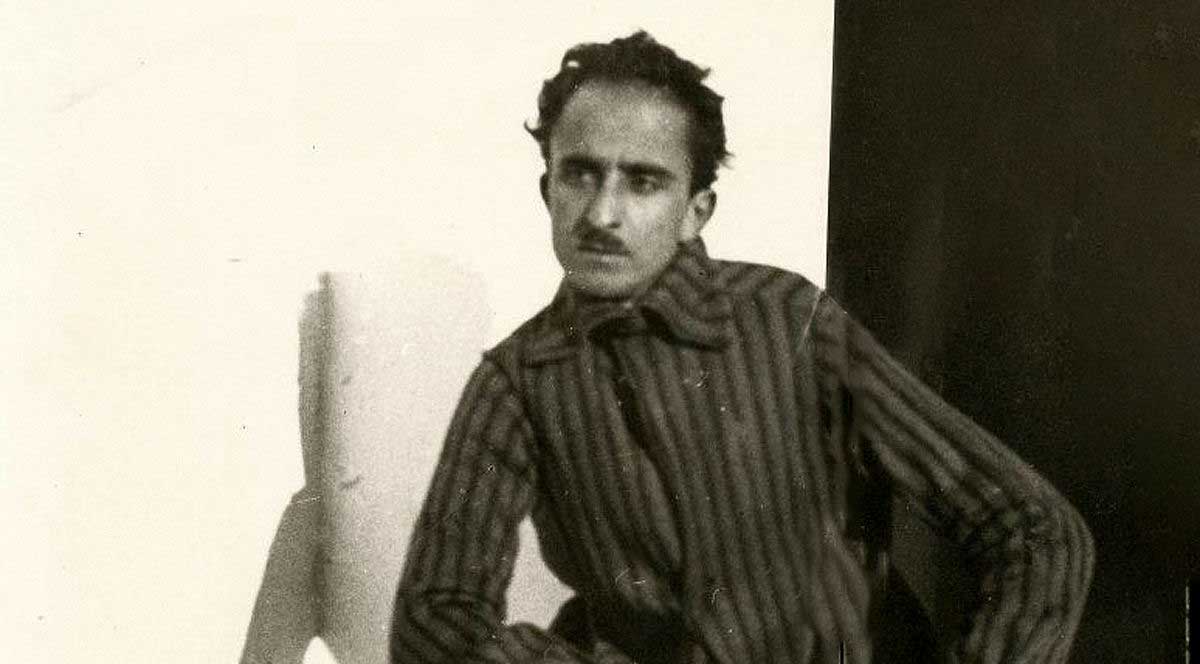
Nima Yooshij’s Literary Legacy
Nima Yooshij’s literary legacy is as vast and far-reaching as his contributions to Persian literature continue to inspire generations of writers and poets. Here are some key aspects of Nima Yooshij’s literary legacy:
Modernizing Persian Poetry
Yooshij’s works often reflected his concerns for social justice, human rights, and women’s rights – making him a champion for those who felt marginalized or oppressed. His works resonated with readers who aimed to challenge the status quo and bring about social transformation.
Literary Criticism and Essays
Nima Yooshij’s literary legacy also includes his extensive contributions to literary criticism and essays. His critical works on language, aesthetics, poetry, and modern Persian literature offer invaluable insights into his views on these subjects while contributing to the discourse surrounding modern Persian literature. To this day, his critical thinking and intellectual depth continue to influence scholars and literary critics alike, providing them with a rich source for analysis and interpretation of his works.
Cultural Icon and National Treasure
Nima Yooshij’s legacy goes far beyond literature, as he is considered both a cultural icon and a national treasure in Iran. His works are taught in schools, celebrated at literary events, and remembered through cultural festivals — a testament to his lasting impact on the Persian language and culture.
Nima Yooshij’s literary legacy is, simply immeasurable, his groundbreaking works, daring style, and strong themes having left an indelible mark on Persian literature. His contribution to modernizing Persian poetry, advocating for social change and inspiring future generations of writers have earned him the sobriquet of the Father of Modern Poetry.
Last Remarks
Reflecting on the life and works of Nima Yooshij, we are reminded of his immense contributions to Persian literature as well as his unwavering dedication to artistic expression, social awareness, and individuality. Nima Yooshij’s legacy should serve as an inspiration for aspiring writers and poets, encouraging them to challenge conventions, push boundaries, and make an impact through their art.
Related Posts

